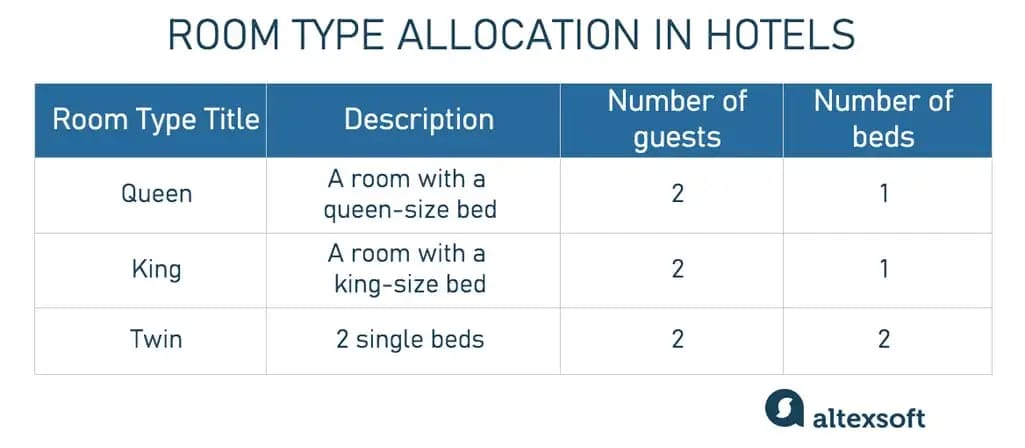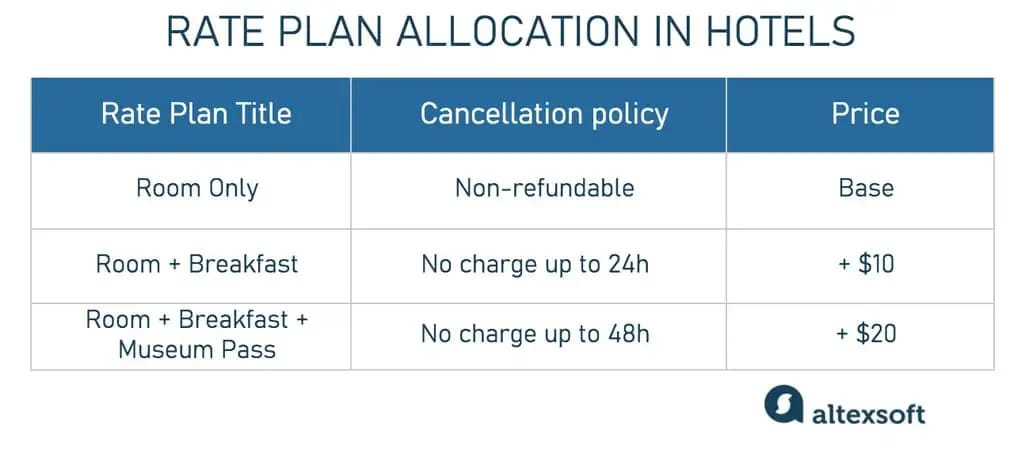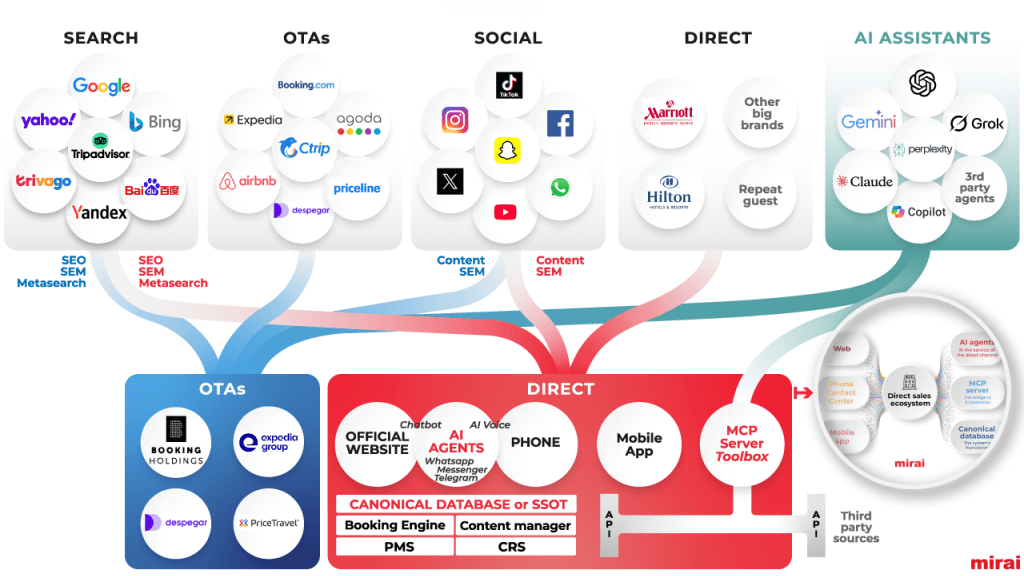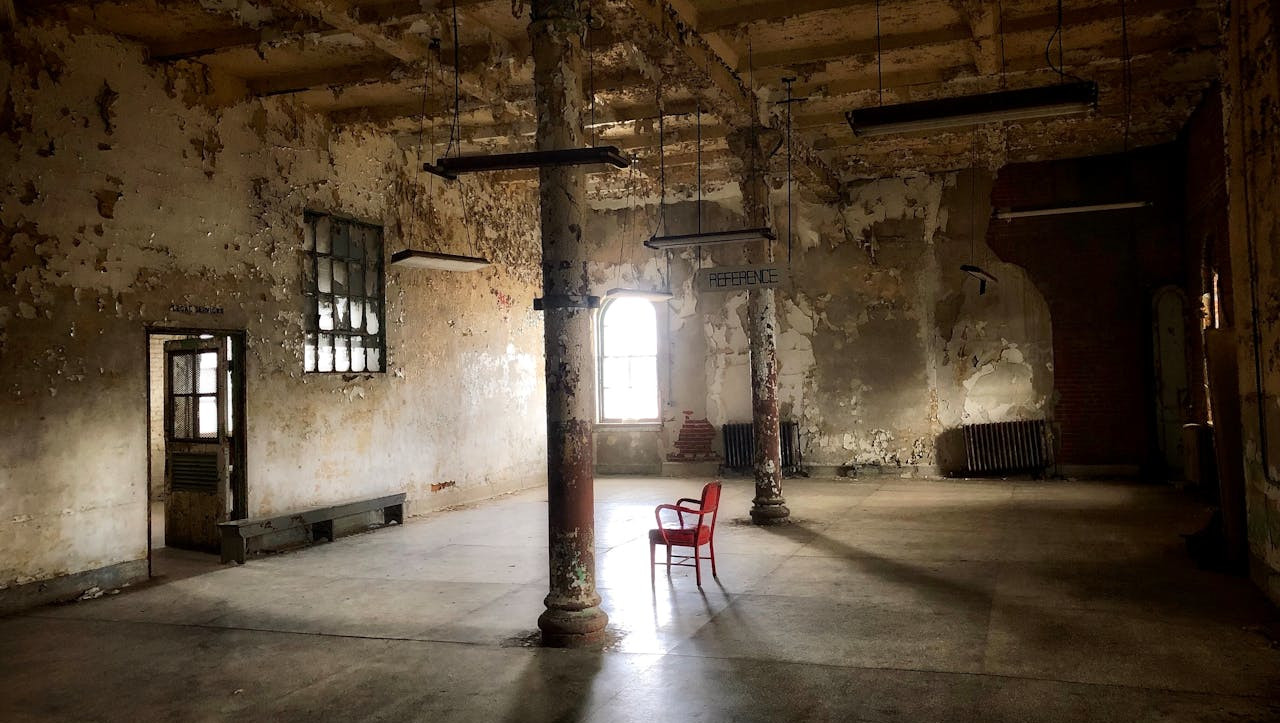
Nobody likes paying for things they don’t need. If something is included in the price but the buyer hasn’t asked for it, it’s a questionable benefit and possibly a detriment.
NB: This is an article from Altexsoft
Subscribe to our weekly newsletter and stay up to date
When searching for hotel rooms, parents with young children may very much prefer to not have a fireplace or a high floor view, while honeymooners may be willing to pay to have both a fireplace and a view.
Airlines realized long ago that unbundling their product and allowing customers to buy valued ancillaries not only improved revenue and margins but actually improved customer satisfaction. Absent ancillaries, many carriers might never be profitable. Notably, this is not just a phenomenon with low and ultra-low cost carriers. Full service carriers have also joined the trend. Not long ago, Delta doubled down on experience attribute pricing by tying boarding priority (something many fliers care about) to specific purchased branded fares (~24% of its revenue comes from ancillaries).
Among hospitality distributors, Expedia has announced early results for its efforts to present an ABS shopping path where possible. According to an Hotel News Resource article by Expedia SVP Hari Nair, “Combined with Expedia Group’s machine-learning room recommendations, ABS has driven a 4.1% shift to more premium rooms and rates” even in its early trials with ABS.
Many hotels, though, still use an old shopping model. But maybe not for long. One of the hottest topics in hospitality today is attribute-based shopping. This is why we’ve teamed up with Hudson Crossing, a leading global advisor to travel and hospitality companies, to unravel what this concept entails and what benefits this approach gives hoteliers and hotel guests.
Hotel shopping today
To understand how the current hotel room booking experience works, we need to first talk about how hotels control room inventory and pricing via combinations of Room Types and Rate Plans. These are essentially pre-built, low fidelity attribute packages. In the hotel’s systems, Room Types are often the lowest possible number of categories that capture high level variations among available accommodations. Typical room types are quite often based on the available bedding such as King, Two Queens, Queen or Twin but may include other attributes such high vs. low floor, premium vs. interior view, etc.
Room type examples
A Rate Plan represents essentially the practical terms and conditions that go with a booking. It can include different features like breakfast or WiFi access or unique terms of sale, for example, pay now/pay later and refundable or not.

Rate plan examples
Traditionally, when guests look up available rooms for their preferred dates on a hotel’s website, the booking engine retrieves preset room types that fit their criteria and a selection of available rate plans. Quite often, brands lead with the lowest available nightly rate, followed by a choice of room types, and then a choice of available rate plans, but other approaches are possible. This is a simplistic approach that fails to optimize guest satisfaction (a guest may care deeply about a quiet interior room and proximity to elevators), and also fails to optimize profitable growth (guest studies consistently show a willingness to pay extra for valued ancillaries).




